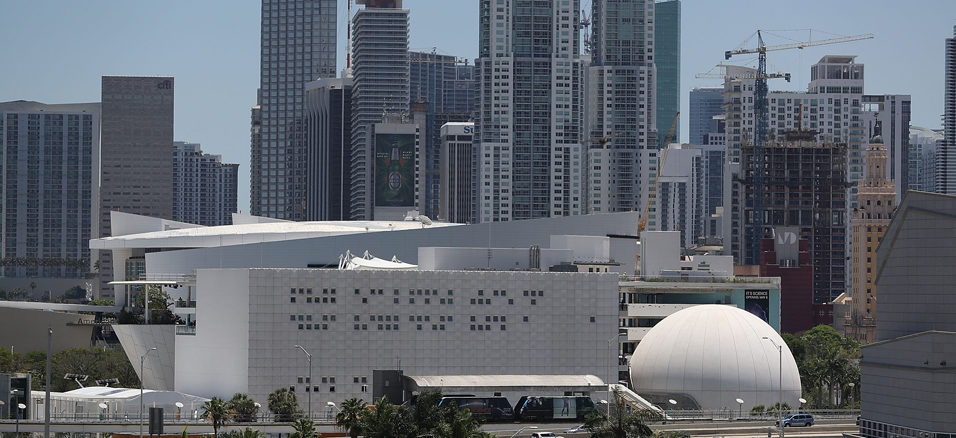
The Phillip and Patricia Frost Museum of Science opened its doors to the public on Monday, May 8, 2017 at its new home in Downtown Miamis Museum Park. Designed by Grimshaw Architects, the 250,000 square foot facility combines a planetarium, aquarium and science museum on one campus, furthering Miami-Dade Countys vision of Miami as a major cultural hub with one of the most sophisticated science and technology museums in the nation.
Frost Science is a leading science museum dedicated to sharing the power of science, sparking wonder and investigation, and fueling innovation for the future. The museum is divided into four buildings, the Frost Planetarium, Aquarium, and North and West Wings, where guests can learn about the core science behind living systems, the solar system and known universe, the physics of flight, light and lasers, the biology of the human body and mind, and much more. Its one of the few museums to house a planetarium, aquarium and science museum on one dynamic campus. Guests can explore the world of science, technology, engineering and math (STEM) in an experiential setting with interactive exhibitions and unique shows.
The following is a brief description of the unique exhibitions featured at Frost Science:
Frost Planetarium One of only thirteen 3-D 8K-projection planetariums in the world, the cutting edge, 250 seat planetarium will take visitors on virtual journeys that both thrill and educate. The ultra-real immersive experience is the result of a 16 million color visual system using six projectors and surround sound inside the 67-foot dome.
Aquarium From Gulf Stream sharks to tiny organisms found within coral, the three level Aquarium is a trip through the beautiful water habitats of South Florida while exploring marine biology and more. Guests will begin their journey on the Vista level where they will marvel at fish and touch a stingray. Then, theyll descend to the Dive and Deep levels for interactive learning stations and fantastic underwater views, including a one of a kind, 31-foot-wide oculus lens and viewing portal into the Gulf Stream Aquarium habitat.
Feathers to the Stars Visitors are invited to follow the astounding story of flightfrom feathered dinosaurs to the future of space travelin an interactive space as they learn about the biology and evolution of flight, aerospace engineering, astronomy and physics. Theyll come face to face with a 30foot feathered dinosaur; meet the daredevil inventors who pioneered human aviation; theyll build and launch their own air rockets; and theyll try on wing sleeves in a wind tunnel and more. River of Grass The wet, wild and mysterious River of Grass takes young explorers inside one of the most precious ecosystems on the planetthe Everglades. The experience carries guests through two spaces: a hands-on outdoor area, and an indoor virtual Everglades where digital animals frolic and interact, communicating a fun storyline of biodiversity, hydrology and environmental science.
LASERsHOW: Light, Color and Geometry Learn about the physics of light while surrounded by the beauty of an immersive laser show. Launching in the museums largest gallery, LASERsHOW: Lights, Color and Geometry brings visitors on an immersive experience of the wonders of lasers and light itself.
MeLa Visitors can challenge their brain, stop a virus, dance or just chill out as part of the MeLa experience, which explores behavioral science and neuroscience research, medical technology and public health. Theyll explore the amazing ways that their body and mind interact, and how their daily choices can impact how both entities work together.
Solar and Lunar Rooftop Terraces The museums living rooftop terraces give visitors access to the power of the elementssun, wind and rainwhile collecting data that helps identify patterns in the natural systems around us.
Learning Center A home base for the museums educational programsincluding youth and professional development, family engagement, innovative technologies and learning researchthe Learning Center features a suite of four classrooms. Visitors will engage with STEM programming and the Inventors-in-Residence, a residency program for scientists developing innovative solutions in the health and environmental sectors.
Other highlights include multiple special exhibitions, an expansive main atrium, flexible programming spaces, and a caf and retail store.

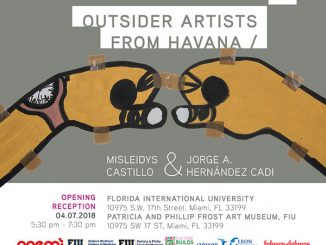
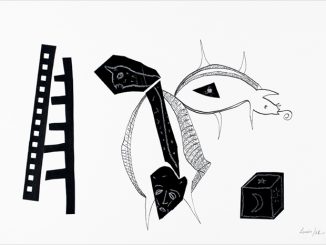
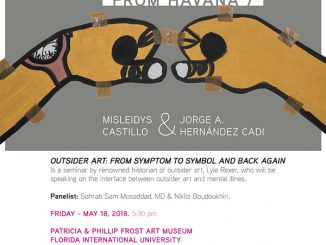

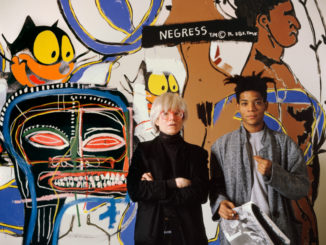
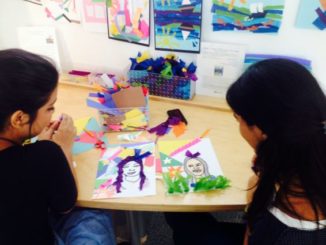
Be the first to comment